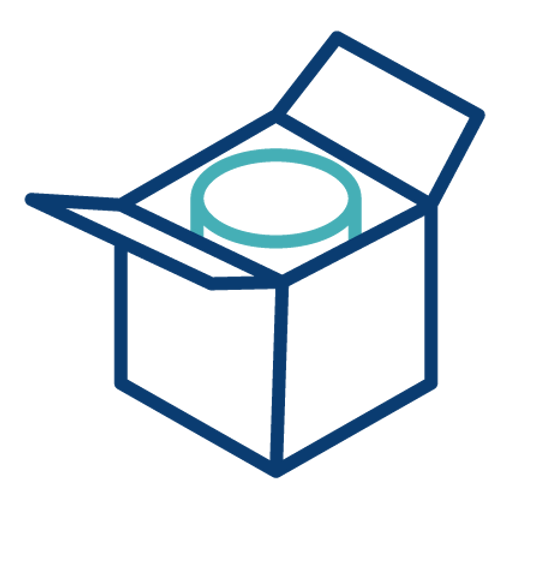The prototyping phase is largely driven by decisions made in Stage 3. During this phase, team members execute the responsibilities and activities laid out in the Scope and Schedule plan, including content development, design, and so on. Importantly, the prototype is not necessarily a full-blown resource. It is more likely a draft, outline, storyboard or sketch of the final product that is sufficient for getting useful feedback from key stakeholders in the next stage. Depending on the nature of the product and time/resource constraints on the design process, this stage could be very brief (a few hours) or quite long (several weeks). These considerations are reflected in the Stage 3 decisions and ultimately the team’s plan.

The goal:
Write, format, and produce a draft version of the resource (prototype) that allows audiences to give feedback.
The participants:
Team Members:
Designer
Optional:
Any additional team members as indicated in plan.
The deliverables:
-
Prototype of resource.
Tools for this Stage:
Suggested stage plan
Stage 4 is the prototyping phase, where the team – particularly the designer - implements the Scope and Schedule plan developed in Stage 3, producing a prototype that reflects the key messages and implications from Stage 1. The prototype is typically a draft, outline, or storyboard—sufficient for gathering stakeholder feedback in the next stage.

Feedback-sharing meeting
Prototyping does not necessarily require arranging and facilitating team meetings in the same way that other stages do. There is substantial independent work for the designer and any team members engaged in content development.
Content developers may include any of the team members as well as other experts. Whether done as individuals or as a team, this work focuses on ensuring that the content of the prototype is consistent with key messages and implications identified in Stage 1 (feel free to return to the Sensemaking Worksheet that the team filled out in Stage 1). The designer, as well as any other experts needed, will work to package the content, including creating the media and formatting the materials.
This work is guided by:
-
The team’s constraints as determined by the (Re)Centering Tool
However, this still requires facilitation and support. The facilitator should be prepared to:
-
Help arrange and be there to facilitate any meetings among team members to coordinate product development, e.g., meetings between members working to develop and write content or meetings between the content developer and designer for formatting content
-
Support team members’ use of resources and guidelines
-
Check in with team contributors about timelines and supports needed to meet goals
-
Communicate with team members about prototype progress as needed
Although everything may go as planned, the facilitator may need to navigate any unanticipated changes in capacity or timelines. This may include encouraging team members to be accountable to each other, redistributing work in equitable ways, or finding additional support or resources.
Wrapping up
Before moving on to the next stage, the facilitator should:
-
Make sure drafts and other useful resources are stored, clearly labeled and accessible in the team’s management system and
-
Ensure all members of the team have a copy of the prototype for review













